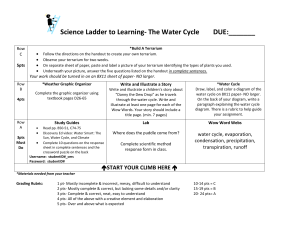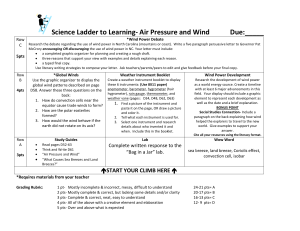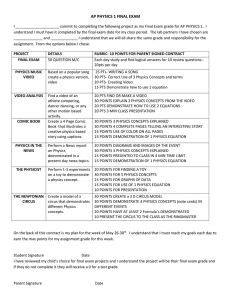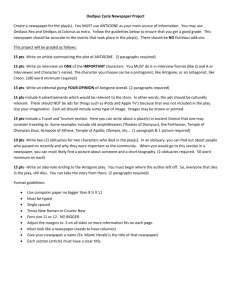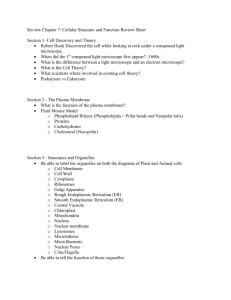File
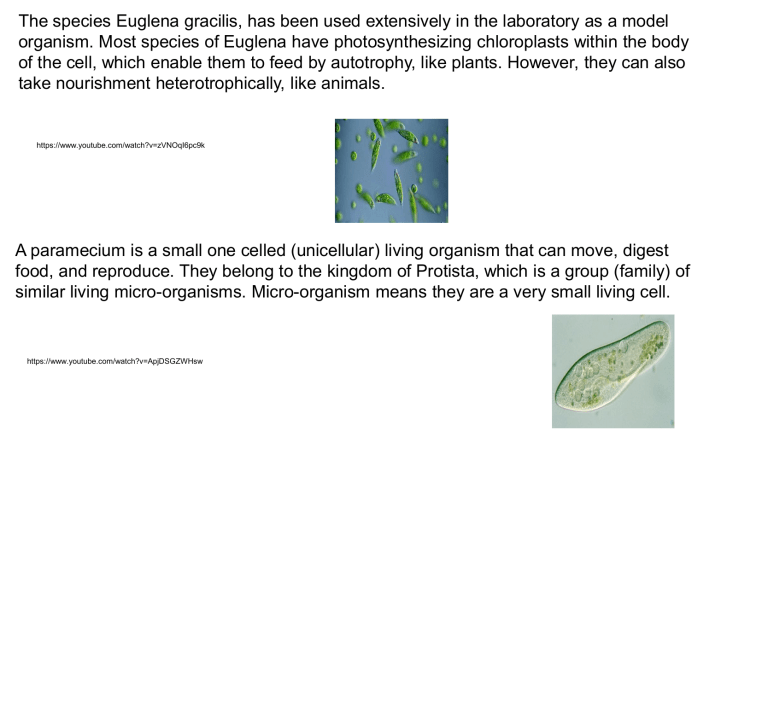
The species Euglena gracilis, has been used extensively in the laboratory as a model organism. Most species of Euglena have photosynthesizing chloroplasts within the body of the cell, which enable them to feed by autotrophy, like plants. However, they can also take nourishment heterotrophically, like animals. https://www.youtube.com/watch?v=zVNOqI6pc9k
A paramecium is a small one celled (unicellular) living organism that can move, digest food, and reproduce. They belong to the kingdom of Protista, which is a group (family) of similar living micro-organisms. Micro-organism means they are a very small living cell. https://www.youtube.com/watch?v=ApjDSGZWHsw
Cell Size
Cells differ not only in their shape but also in their size . Most cells are about 1/500 the size of the period at the end of this sentence.
Plasma Membrane the cells outer boundary. Covers a cell's surface and acts a barrier between the inside and the outside of the cell. All materials enter or exit through the plasma membrane .
Cytoplasm the region within the plasma membrane and includes the fluid, the cytoskeleton, an all the organelles except the nucleus.
Cells Control Center
Nucleus - membrane bound organelle that contains the cell's DNA. Most of the functions of a eukaryotic cell are controlled by the cell's nucleus .
Cellular Organization
A group of similar cells and their products that carry out a specific function is called a tissue . Groups of tissues that perform a particular job in an organism are called organs . An organ system is a group of organs that accomplish related task. Ex: Stomach and Liver are part of the Digestive System .
Cell Organelles
Cell Theory
A r t
Rubric
5 pts- Title
30 pts- Name the 3 scientist & what they studied and contributed to the cell theory
20 pts- List/Describe the 3 principles of the cell theory
20 pts- Creativity "Artistic Expression"
15 pts- TEAMWORK " WE > me" "ATTITUDE" "Positive Vibes"
10 pts- Neatness/ Cleanup
Plastidsorganelles that, like mitochondria, are surronded by a double membrane and contain their own DNA. There are several types of plastids, including chloroplasts, chromoplasts, and leucoplasts.
